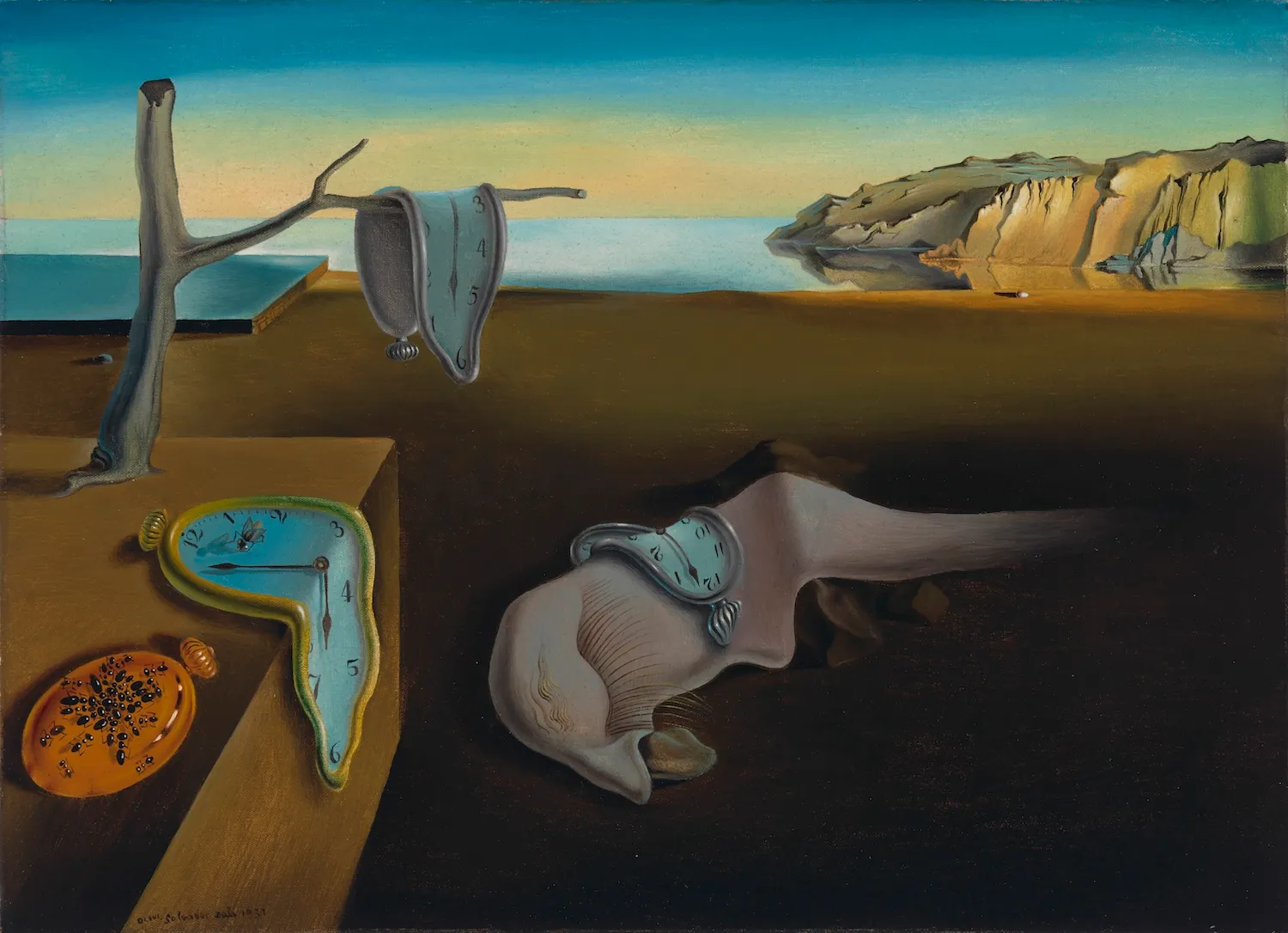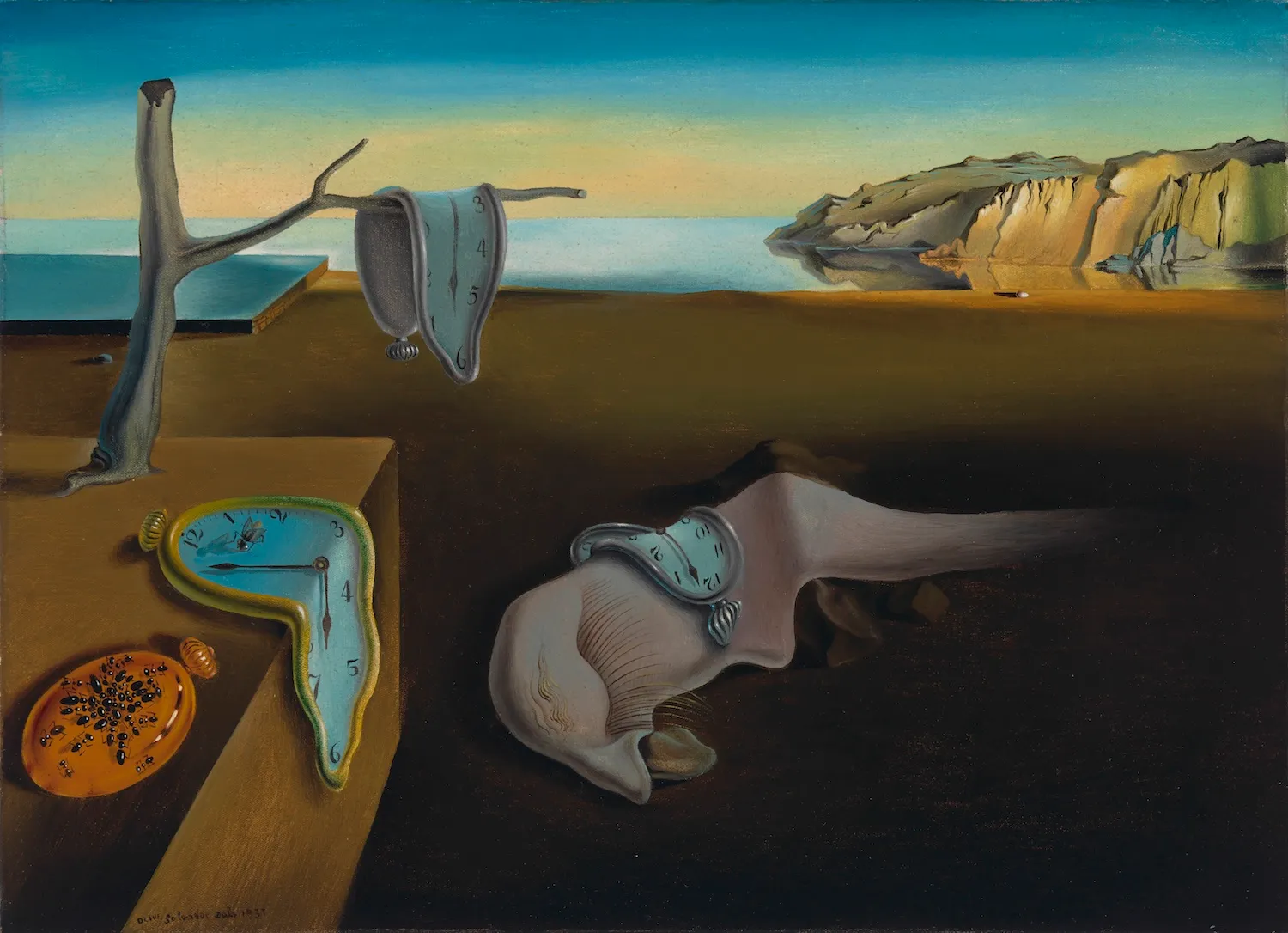Why Is Salvador Dalí's "Persistence of Memory" So Important?

Pablo Picasso, the enigmatic artist whose revolutionary brushstrokes transformed the landscape of art, was not only a creative genius but also a shrewd businessman. His impact on the art market was arguably as profound as his influence on artistic movements. He understood the power of the market, a power he cleverly harnessed to solidify his position as a modern art icon.Picasso’s artistic innovations, particularly the bold and fragmented forms of Cubism, pushed the boundaries of traditional representation, challenging the very notion of what art could be. This audacity resonated with collectors, who saw in his work a reflection of the rapidly changing world around them. His paintings, sculptures, and prints became objects of desire, driving the burgeoning market for modern art.
By Maria Miller

Picture Courtesy: flickr.com
Salvador Dalí's The Persistence of Memory (1931) isn't just a painting; it's an icon. A trifecta of superlatives, it's arguably Surrealism's most famous painting, created by its most famous artist, and featuring its most famous motif: the melting clocks. But its importance transcends mere fame. The painting's enduring power lies in its potent exploration of time, dreams, memory, and the subconscious, themes that continue to resonate with audiences nearly a century later.
The immediate impact of The Persistence of Memory is visual. The distorted, melting clocks, draped over branches and resting on a desolate shore, immediately capture the viewer's attention. This jarring imagery shatters conventional perspectives of reality and time, a core tenet of Surrealism. Dalí masterfully uses this unexpected imagery to represent the fluidity and subjectivity of memory. Unlike the rigid, linear progression of time dictated by clocks in the rational world, the melting clocks symbolize the malleability of memory, where past, present, and future blur together. A memory isn't a fixed entity; it morphs, decays, and is sometimes barely recognizable, just like the clocks in the painting.
Beyond the visual spectacle, the painting's power lies in its evocation of the subconscious mind. Dalí himself drew inspiration from his dreams and psychoanalytic theories, particularly those of Sigmund Freud. The desolate landscape, the uncanny setting, and the unsettling imagery all contribute to a dreamlike atmosphere. The viewer is invited to contemplate the irrationality and illogical nature of dreams, where familiar objects take on unexpected forms and meanings.
The impact of The Persistence of Memory is also contextual. Created during the rise of Surrealism, the painting became a symbol of the movement's rejection of rationalism and embrace of the irrational. It challenged the established norms of art and pushed the boundaries of artistic expression, opening up new avenues for exploring the inner world of the individual.
Moreover, the painting’s enduring appeal stems from its ambiguity. There's no single, definitive interpretation. The melting clocks can be seen as representing the relativity of time, the decay of memory, the subconscious mind's disregard for logic, or even the anxieties of the modern age. This open-endedness allows viewers to engage with the painting on a personal level, finding their own meaning and resonance within its dreamlike landscape.
In conclusion, the importance of Dalí's The Persistence of Memory is multifaceted. Its visually striking imagery, its exploration of the subconscious, its contribution to the Surrealist movement, and its enduring ambiguity have cemented its position not only as a masterpiece of Surrealism, but also as one of the most iconic and influential paintings in the history of art. It continues to inspire artists, designers, and thinkers, prompting contemplation of the nature of time, memory, and the human experience itself.